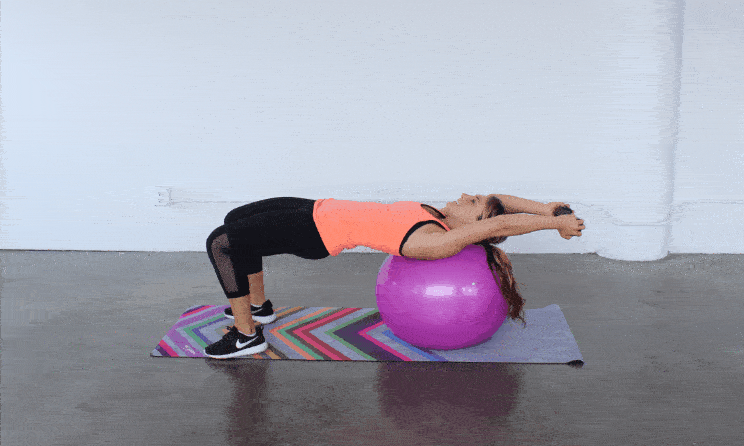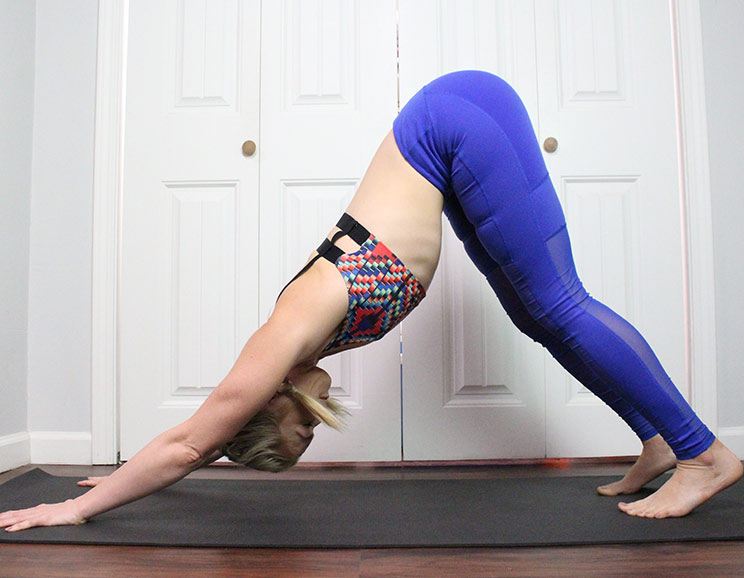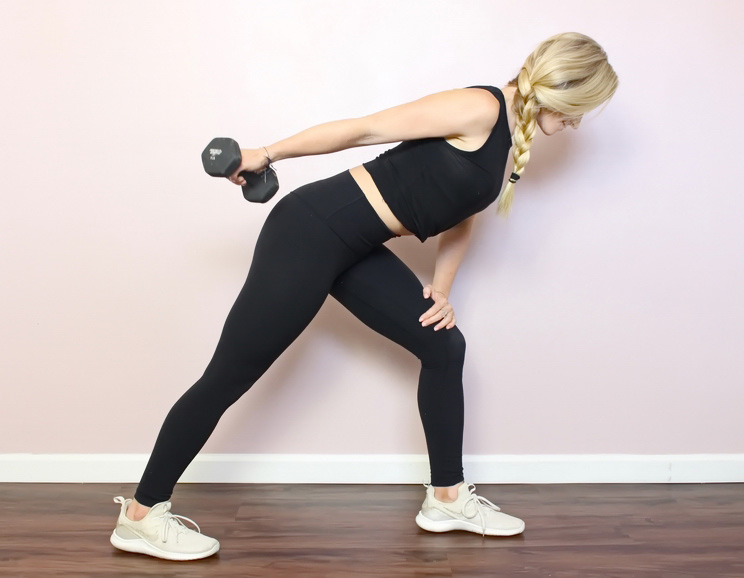I’m sure you were always told growing to “sit up straight,” or “stop slouching”. Well, your mother and teachers weren’t wrong. However, there is much more to posture than just looking better.
Posture has an effect on your overall health and well-being. Posture can affect your mood, confidence, and even your memory and digestion. Learning good posture and improving your posture can make all the difference in your day to day activities, mental and physical wellness, and how others perceive you.
How Posture Affects Different Areas of your Life
Mood
Improving your posture will not only help you look more confident, but actually make you feel more confident and improve your mood. Dr. Erik Peper, of San Francisco State University, performed various different experiments involving posture and how it affects energy level as well as its ability to generate positive and negative thoughts. In one experiment, his test subjects either skipped down a hallway or slouched as they walked down the hall. Almost all of the skipping participants reported feeling more energetic and happier, while those who had slouched reported feeling sad, lonely, and sleepy. Poor posture has also had a strong correlation to feelings of stress and depression.
Memory
In his experiments, Peper also discovered that body posture can either recall positive or negative memories. When sitting in a collapsed position and looking downward, participants in a study found it much easier to recall helpless, powerless, and negative memories. When sitting upright and looking upward, it was easier to recall empowering and positive memories. An upright posture can also improve memory in general. Good posture facilitates breathing and increases blood flow and oxygen to the brain, by up to 40 percent. Oxygen is like food for your brain, and when well-fed, it functions properly and recalls memory better.
Confidence
Besides your mood and your memory, good posture can also improve your confidence. A study at Ohio State University found that sitting up straight reinforced confidence. In this study, researchers divided students into two groups and instructed them to maintain opposite postures while answering prompts in a business questionnaire. Those who were told to sit up straight were overwhelmingly more confident in their thoughts concerning whether they were qualified for a job than those told to slouch in their seat. This suggests that people’s thoughts are influenced by their posture, it’s similar to the “fake it until you make it” principle, in that you can convince yourself to have more confidence just in the way you hold yourself.
Digestion
Standing and sitting with good posture allows your internal organs to assume their natural position, allowing the natural flow and function of your gastrointestinal tract. Researchers believe poor posture is a contributing factor for several digestive issues including acid reflux, constipation, and even hernias. “When you sit in a crunched position, your intestines are folded up as well, and that slows everything down.” says Steven Weiniger, author of Stand Taller – Live Longer. To improve digestion it’s best to sit and stand up straight, as well as get up and move around as much as possible.
(Related: The Ultimate Guide to Perfect Digestion)
Bones & Muscles
Proper alignment and good posture puts less stress on your spine and skeletal system. Your skeletal system is built to support your body mass as intended, which means in proper alignment. When in good posture, your bones are able to work properly, which helps keep them strong and healthy. When you are in poor posture it puts stress on certain bones, muscles, and ligaments. Your muscles start doing a majority of the work which starts to pull at them and cause muscle imbalances. When your muscles are doing most of the work, your bones will start to become weaker, and this can eventually lead to muscle pain, back pain, and can even contribute to osteoporosis.
Headaches
Tying in to strain on bones and muscles, poor posture can eventually lead to headaches. Most people, especially those working at desks, have a “forward head posture,” focusing that strain on their upper back and neck muscles. Dr. Adalbert I. Kapandji, an orthopedic surgeon, states that to keep your head upright these muscles must work as though they are supporting an additional ten pounds of weight for every inch your head moves forward. The added strain puts pressure on the nerves in your neck and keeps upper back and neck muscles in a constant state of contraction, causing tension headaches.
What Contributes To Bad Posture?
Many factors can contribute to poor posture. These can include obesity, pregnancy, high-heeled shoes, tight-fitting clothes, weak muscles, tight muscles, inflexibility, poor sitting and standing habits, and a poor work environment. Carrying something heavy on one side of the body, like a heavy briefcase or purse, can also contribute to bad posture. Sleeping on a mattress that doesn’t provide proper back support can also affect poor posture.
How to Stand with Good Posture
- Hold your head up straight with your chin in.
- Ensure that your earlobes are in line with the middle of your shoulders.
- Keep your shoulders back.
- Push your chest out, slightly.
- Keep your knees straight, but not locked.
- Stretch the top of your head toward the ceiling.
- Engage your abdominals, but don’t suck in or tilt your pelvis.
- Carry your weight equally between the balls and heels of your feet.
- Breathe naturally.
Ways to Improve Posture
1. Exercise
Focus on stretching tightened muscles in the chest, front of the shoulders, and hip flexors (front of the hips) as well as strengthening back, abdominal, and glute muscles. Be sure to look at this Morning Stretch Routine to help guide you on stretches to do each morning and even throughout the day to help combat sitting for extended periods of time. Find a workout below that’s geared toward strengthening the muscles need for correct posture.
2. Foam Roll
Foam rolling, or myofascial release, is becoming much more popular, and for good reason. It is essentially like a deep tissue massage for your muscles. This is important because it allows tight muscles and fascia to loosen up so that stretching those muscles becomes easier. If you have formed bad posture of years and years of bad habit, it may be very challenging to correct it without release those over worked and tight muscles.
(Related: The Complete Beginners Guide to Foam Rolling)
3. Ergonomics
Ergonomics involves changing your environment to support and encourage good posture. Adding lumbar support to your chair is a good example, or even invest in a standing desk. You could also modify a tool, work station, counter height, or task to improve its ergonomics.
4. Eliminate Bad Habits
You must first be conscious of these bad habits, but things such as slouching in a chair or reading while laying down are some places to start. Working under dim light is also one, it results is craning your head forward to see your work better as well as slouching. Even driving your car in a bad position can help contribute to poor posture.
Posture Workout
These exercises are geared towards strengthening the muscles of your upper back and rear shoulder muscles. It’s best to foam roll and lightly stretch tight muscles before starting this workout. Complete this workout 2-3 times to help improve posture.
1. Bird-Dog
Starting on all fours, make sure your weight is even between your hands and knees. Engage your abdominals and lengthen through the crown of your head. Slowly, and with control, extend your RIGHT arm in front of you and your LEFT leg behind you. Try not to shift your weight too much and come back to the starting position. Repeat on the opposite side. Complete 10 repetitions on each side.
2. Back Extensions
Lay on your stomach and rest your forehead on your hands so that your elbows are out to the side. Keeping your head glued to your hands, lift your upper body and your feet and legs off the ground a few inches. It’s important to remember that you want to think about lengthening through your muscles and to keep your abs engaged. You don’t need to lift too high and you shouldn’t feel any compression in your lower back. Complete 10-15 repetitions.
3. Bent Over Row
Grab a set of dumbbells relative to your strength. Hold the dumbbells in front of you, with your palms facing you. Hinge at your hips, making sure to keep your back straight. Hold your abs tight and pull the weights up towards your underarm. Squeeze your shoulder blades together without tensing through your neck, and slowly lower your arms back down. Repeat for 15 repetitions.
4. Rear Delt Fly
Lower back into your hinge position, keeping your back straight. This time, have your palms facing each other and a slight bend in your elbows. Moving from the back of your shoulders, squeeze your shoulder blades together to lift the weights out to the side. With control lower back down and repeat 15 times.
Watch the Video Below!

(Your Next Workout: 9 Easy Stretches That Eliminate the Damage of Sitting)




 Apple Cinnamon Fritters
Apple Cinnamon Fritters









Show Comments